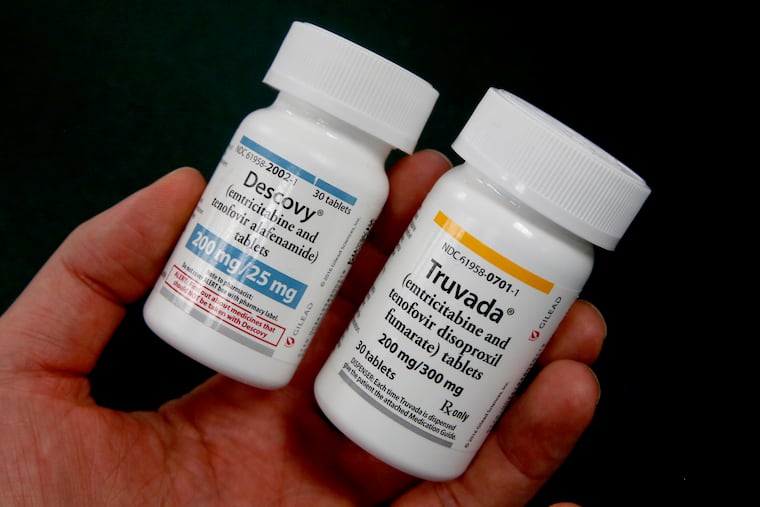A safe way to prevent HIV in high risk teens
Everyone should know about PrEP (pre-exposure prophylaxis), a medication given to prevent HIV infection in individuals who are at increased risk for getting HIV.

“It won’t happen to me” is a personal fable that adolescents live by. Unfortunately, when it comes to becoming infected with HIV, a fable is all it is. According to the Centers for Disease Control and Prevention (CDC) , approximately one in five new HIV infections occur in youth between ages 13 and 24. And these statistics are just the tip of the iceberg as only 9% of U.S. high school students have ever been tested for HIV. It’s estimated that about 60% of all youth infected with HIV don’t even know they have it.
HIV is a virus spread through blood, semen, and vaginal fluids. Left untreated, HIV damages the immune system by reducing the number of CD4 lymphocytes (or "T cells"). A person with AIDS, advanced HIV disease, may experience severe weight loss (wasting syndrome), infections, brain damage, and cancers. AIDS usually develops two to 10 years or more after a person becomes infected with HIV.
When I took the Hippocratic Oath, I pledged to “prevent disease whenever I can, for prevention is preferable to cure.” That part of the oath never has more meaning for me than when I care for my adolescent patients who are at risk for HIV. Those at greatest risk are males who have sex with males, injection drug users, and females who have heterosexual contact with an HIV-infected partner.
Everyone should know about PrEP (pre-exposure prophylaxis), a medication given to prevent HIV infection in individuals who are at increased risk for getting HIV. PrEP works by blocking the enzyme called HIV reverse transcriptase, preventing HIV from making copies of itself. PrEP consists of two antiviral medications combined in one pill and is taken once a day for as long as an individual is at risk. Two PrEP drugs are FDA-approved for use in teenagers who weigh over 77 pounds: Truvada and Descovy. The main difference between Truvada and Descovy is the chemical form of tenofovir contained in each product. Prior to starting PrEP, an individual needs to get baseline laboratory tests for kidney function, HIV, hepatitis B, and other sexually transmitted infections (STIs) including syphilis, gonorrhea, and chlamydia. Individuals taking PrEP should be re-tested for HIV at least every three months.
Everyone should also know about PEP (post-exposure prophylaxis). PEP can be given as an emergency treatment after a single event that puts an individual at high risk for becoming infected with HIV. It must be started within 72 hours of the exposure (the sooner the better). PEP consists of antiviral drugs and is taken daily for 28 days. There are two regimens used for PEP: Truvada plus raltegravir or Truvada plus dolutegravir. Both PEP and PrEP are safe but may cause side effects like nausea or headaches. Most insurance plans including Medicaid cover PrEP and PEP. A commercial medication assistance program helps individuals who have no insurance get PrEP or PEP.
More than ever, “it takes a village” to help prevent HIV in our youth. A parent, a teacher, a coach, a school counselor, a medical care provider, a friend, or you may be the one person that teens talk to about their high-risk behaviors. Please tell them about PrEP and PEP and show them this article. In addition, encourage them to get tested. The U.S. Preventive Services Task Force recommends screening for HIV infection in adolescents and adults ages 15 to 65 and younger adolescents and older adults at increased risk. And everyone invested in the health of our youth recommends using condoms to prevent STI’s including HIV.
Rima Himelstein is a pediatrician and adolescent-medicine specialist at Nemours/Alfred I. duPont Hospital for Children.